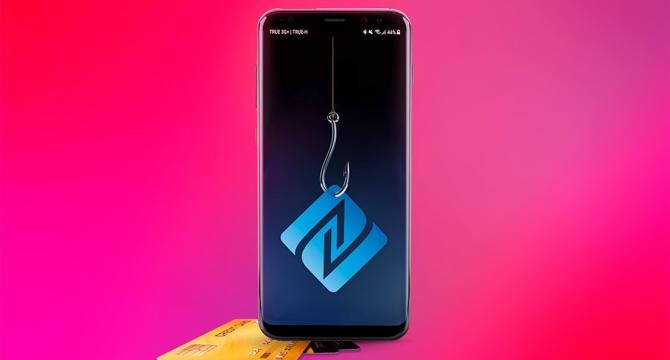Kaspersky
2w
21

Image Credit: Kaspersky
How to guard against NFC carding theft | Kaspersky official blog
- Cybercriminals are finding new ways to steal money through NFC carding theft despite payment card security improvements.
- Attackers create networks of fake websites to phish for payment data and link stolen card details to their own mobile payment accounts.
- Victims unknowingly provide their card details and OTP, enabling cybercriminals to replicate their card for unauthorized transactions.
- Cybercriminals may link multiple stolen cards to one smartphone and resell it on the dark web for future use.
- A technique called Ghost Tap, using NFC relay, allows scammers to make contactless payments without the need for PIN or OTP confirmation.
- In a recent NFC relay scheme, victims are tricked into installing an app that reads their card data when held to a smartphone, leading to fraudulent transactions.
- Users can protect themselves by using virtual cards for online payments, being cautious of apps requesting card details, and using security solutions on devices.
- Additional protective measures should be implemented by Google, Apple, and payment systems in the payment infrastructure to combat such scams.
- Regularly replacing virtual cards, disabling offline payments, and setting up transaction notifications are recommended steps to prevent card theft.
- By educating users on safe practices and implementing security measures, the risk of falling victim to NFC carding theft can be minimized.
Read Full Article
1 Like
For uninterrupted reading, download the app